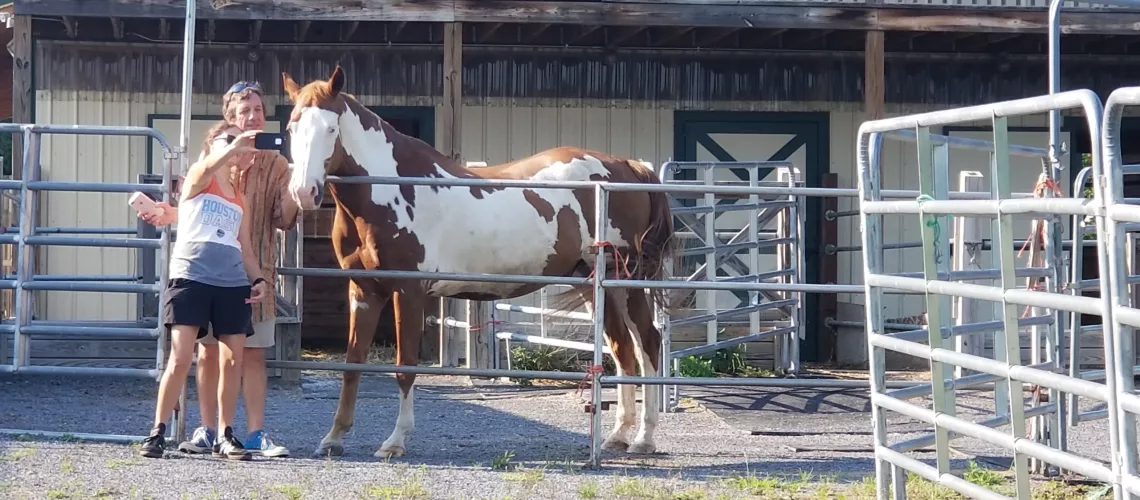This is a long one! But there’s so much to unpack concerning cognitive dissonance and who we want to be for our animals.
Positive Training on TV?
People don’t always use positive methods to interact with animals on TV or in real life. There have certainly been wonderful animal-centered shows that inspired and amazed viewers. (Remember The Wonderful World of Disney?) At the same time, there seems to be an undercurrent of humans injecting pain and punishment into relationships with animals at a level that is almost unnoticeable because it has been normalized.
Getting in touch with your own reactions can help you learn to combat cognitive dissonance. Cognitive dissonance is that uncomfortable feeling when you know you’re doing something that is not right for you but you keep doing it. You don’t stop to consider options, who you want to be, or what results you want to produce. Maybe you’re reacting on auto-pilot, out of habit. Or maybe you just don’t know what else to do. It’s possible you don’t even recognize that there’s a problem because whatever you’re doing has been normalized.
The Story of a Horse and Cognitive Dissonance
In Dr. Quinn, Medicine Woman, Season 2, Episode 22, a young boy befriends a horse that is hard for others to get along with. It’s a fairly common story: the horse’s owner finds her difficult to deal with. He pawns her off on Hank, a guy who is sure he can turn her into a great riding horse. Hank’s method is beating the horse. He uses the only technique he knows. He uses pain to try to get submission.
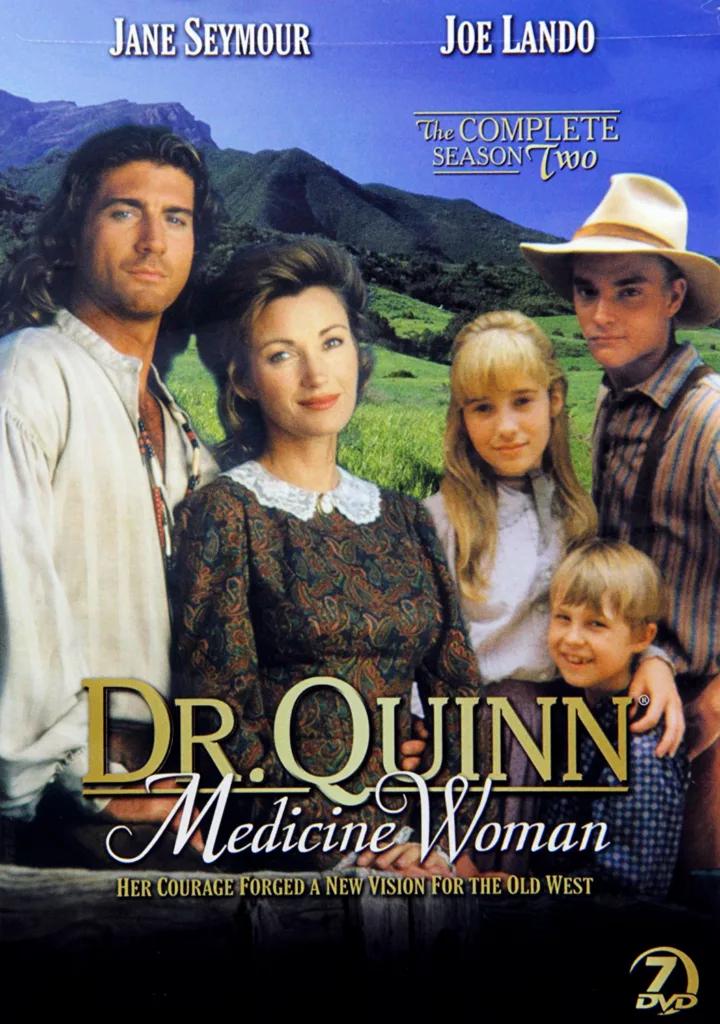
A Boy and His Horse
Meanwhile, Brian, a kid about 7 or 8 years old, shares snacks with the horse when no one is looking. The horse comes willingly over to him every time he shows up. He pets her, gives her treats, and speaks sweetly to her. They develop a relationship based on trust.
Hank finally beats the mare so savagely that she breaks through a wooden fence and runs away, injuring her leg in the process. The horse escapes being beaten and Hank doesn’t end up getting the behaviors he wanted from the horse. Hank was experiencing cognitive dissonance at some level at this point because he kept beating the horse even though the results he was producing were far from what he wanted. He didn’t seem to recognize it yet, though.
The story continues with Brian finding the runaway mare and enlisting help from some adults to heal her injury. He takes a job in the saloon to earn money to buy the horse. All of this is lovely and touching as he interacts kindly with the mare, earns her trust again, and works hard to take care of her. You can even see Hank begin to soften.
Finally, Brian gets the horse. He gets on her to ride for the first time. As the mare is walking away from the camera with Brian happily on her back, his brother yells, “Kick her to get her going.” Brian follows the instructions. Cue closing music.
Who Does Brian Want to Be?
It seems like kindness wins in this show. But in the end, Taffy the mare doesn’t get any treats – she gets kicked by her hero, and she was already walking with him on her back when he kicked her! It’s such a complete reversal in their relationship. At least Brian wasn’t wearing sharp spurs. But wait – humans have been kicking horses for hundreds of years, even doing worse things to them, and things usually turn out OK. What’s the problem? Well, that depends on what we want from our relationships with animals.
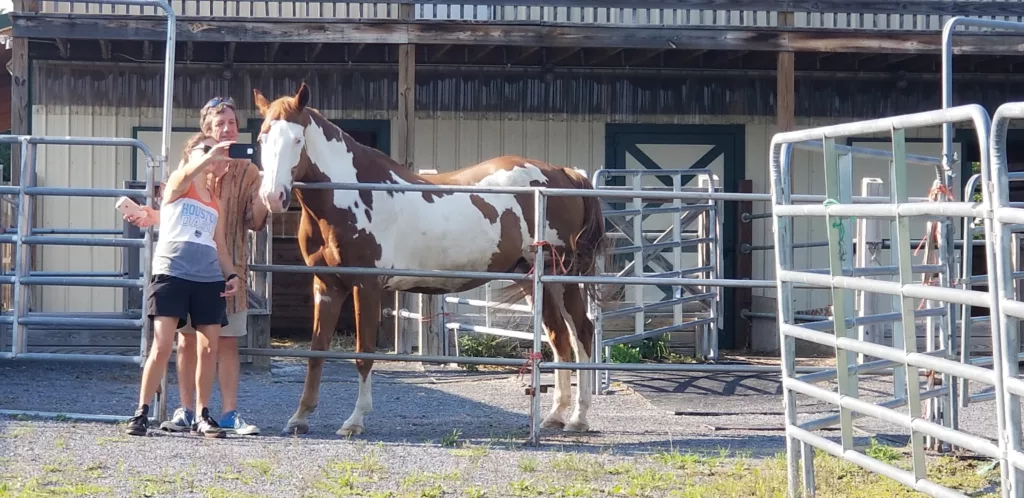
Teaching Animals to Work for Reinforcement
Animals do things, in the beginning, for one of two reasons: to get something they want or avoid something they don’t want. They can learn that trying out behaviors is a good way to start a conversation with their trainer. When the trainer sees something she likes and gives the animal what he wants, the conversation goes down the path of curiosity and exploration.
Teaching Animals to Avoid Punishment
Conversely, an animal can learn to experiment to find the best way to avoid something he doesn’t want. These things include jerks or shocks to a dog’s neck, the sting of a whip or spurs for a horse, and sprays of water (or worse) from a bottle for a cat. On this path, the animal is in a different emotional state, and so is the trainer. This is coercion, defined as persuasion through force or threats. The trainer who uses this approach comes from a different place than the trainer who encourages an animal to make good choices, to think and solve problems, to voluntarily operate in a way that works for trainer and animal alike.
Who did Hank Want to Be?
The horse in the Dr. Quinn episode previously had to respond with avoidance to get people to stop kicking her. Like many horses, she responded to this by quickly picking up her pace. When she did, the kicking stopped. That’s what avoidance looks like and it’s what Hank had in mind while applying his beatings; the pain stops when the trainer gets what he wants. The problem was Hank’s criteria. What did he want? Did he not see any little piece of behavior that was good enough to make him stop the beatings? How persistently would he have beaten her if she hadn’t run away?
At least Hank didn’t end up “beating a dead horse” in this case! That phrase describes the ultimate outcome when one doesn’t know anything else to try and there is no further hope for success. Think about how pervasive that phrase is in our society. It apparently came into use during the 19th century, a time when beating horses to make them move faster was normalized. The phrase hasn’t disappeared, nor has the practice.
Who Does a Rider Want to Be?
In the end, horses pretty much turn out OK when being kicked is the signal to start walking. After a lot of practice, most horses move forward upon the lightest contact of a rider’s heel with their ribs, so the action becomes a cue that lets them know it’s time to walk. Is this painful for these large animals? No, it’s nothing compared to the beatings they may or could have endured, either in the level of physical pain or psychological trauma. But for the rider, there’s a lot more going on when their behavior of choice is to kick an animal to get them to do the desired behavior. And, don’t kid yourself (or experience cognitive dissonance) and assume kicking horses is the only or the best way to train them, because it’s not.
Who do You Want to Be with Your Friends?
If you were walking with your human best friend and wanted her to hurry up so you wouldn’t be late to the movies, would you kick her? It’s more likely you would try a couple of other behaviors! Perhaps you would say, “Let’s hurry – we don’t want to miss the beginning!” You might gently touch the back of her arm, saying, “Come on!” in an effort to encourage her to walk a little faster. You might pick up your own pace as an example of what you want her to do. There are so many options for how to use your own behavior to get someone else to change theirs! Using this approach would get what you wanted from your friend while keeping you in an emotional state of exploration, curiosity, and openness to trying things.
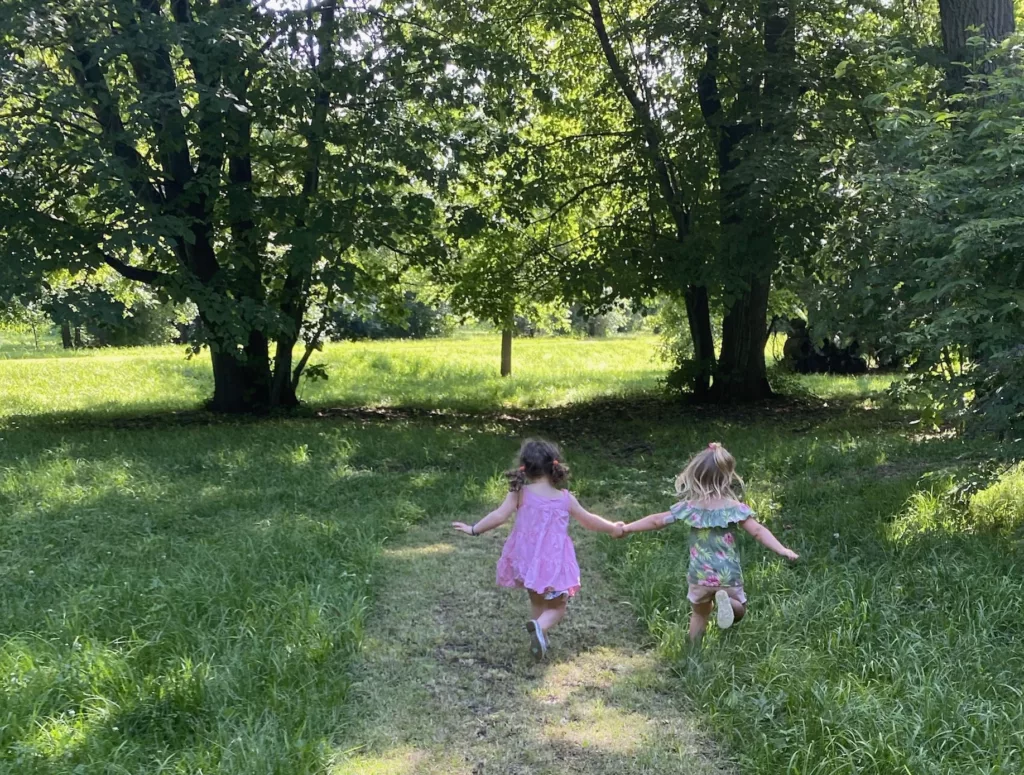
What would it take for you to kick your best friend in order to get her to do what you want? (I’m sure you wouldn’t kick your human friend under any circumstances. I’m just exploring thought processes behind behavior choices.)
Normalization of Coercion and Punishment
Our society, as a whole, is based on a foundation of coercion (using threats and force to get others to do things) and punishment (using consequences that hurt or cause emotional trauma when others don’t do the “right” things). In its most dramatic applications, animals and humans are punished for doing the “wrong” thing even though they were not taught what the “right” thing to do was or how to do it. To be clear, in most cases no one is physically injured. How is the human mindset limited when this is the general approach, though?
To be clear, you will not find “the answers” in this blog post. You will, however, find my beliefs and philosophies and a little anecdotal evidence that one can operate from a place of respect, kindness, and care and end up with animals that are pleasant to live with and easy to handle. The science of animal behavior and training that I’ve been studying for all these decades is the foundation of those beliefs and philosophies. In this post, you will find that I did not always train in the same way that I do now.
Positive Reinforcement Is Not the Norm
Most of us were not raised to understand how positive reinforcement can be used to teach new behaviors. If you were, I’d love to talk with you about it! Most kids learned not to do things that would cause parents or teachers to yell at us, spank us, or take away things we liked.
What do Coercion and Punishment Encourage?
Remember how there were some things that you would wait to do until no adults were around to see? You may look back and laugh now, and your parents may, too, because they were probably raised in the same way. Picture the barriers involved, though. In what ways were you blocked from exploring possibilities? Did you learn to put up barriers in areas other than the specific ones that protected you from punishment? Do you still carry around questions about what you might have been able to do if you were allowed to explore some opportunities?
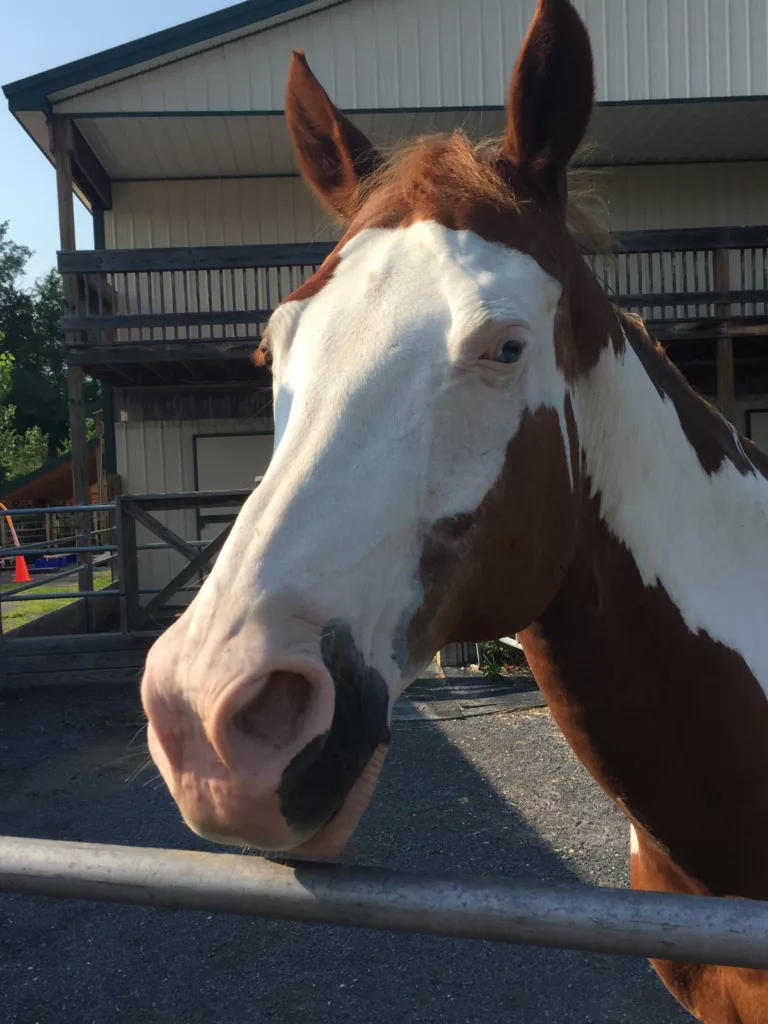
How Do Great Coaches Help?
Some kids learned to draw, play music, do math, or play a sport through a process of encouragement and getting desirable results that stemmed directly from their efforts. If you were fortunate, you experienced great coaching at some point in your life. A great coach or teacher is one who specifically pointed out what you were doing right, shaped your behavior to do it even better, and helped you create a vision of the goal you wanted to reach.

If you experienced great coaching that helped you learn to do something really well, think about how that felt. Do you still have memories of achieving something through your own behavior choices, helped along by someone who made sure you got positive consequences when you performed properly?
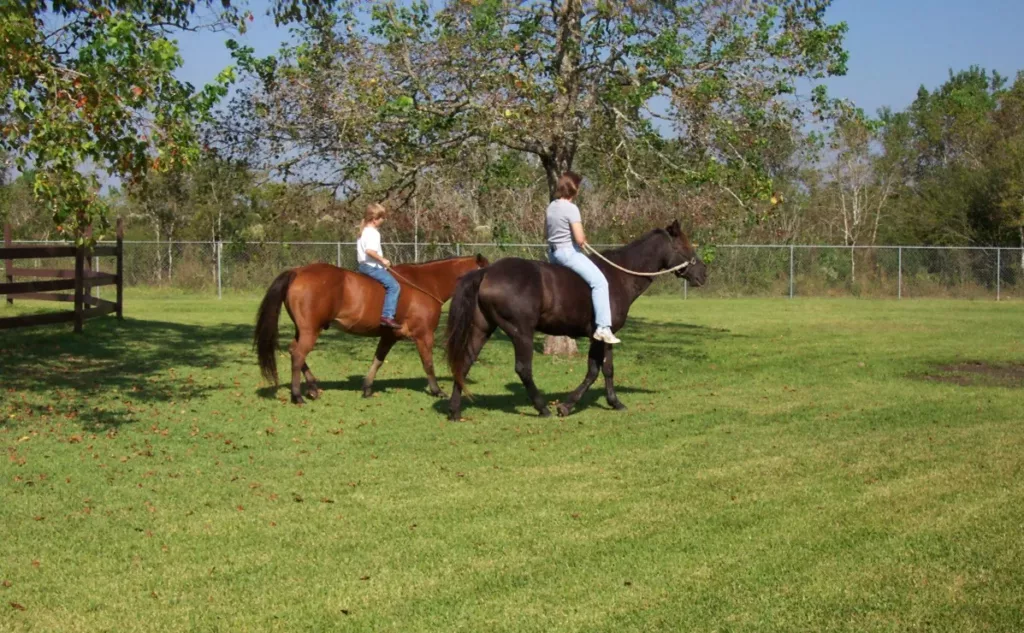
How Cognitive Dissonance Hinders
We experience cognitive dissonance when we question the choices our parents and teachers made. Cognitive dissonance occurs when we know, or at least believe, that there is a better way to do things but continue perpetuating the same questionable behavior rather than trying a new way. Why would anyone do this? I can tell you how cognitive dissonance played a role in my early experiences with dog training.
Becoming Who I Want to Be
In 1980, I got my first dog and began learning to use force and threats to train him because the teachers I found used these methods. Most dog training classes did in those days and it fit with how my family members trained their animals and yes, raised me. So I avoided cognitive dissonance in that area. The methods fit what I already knew. I slowly began to ask questions, though, when my results were not quite what I wanted. The answers I got did not make sense.
My First Dog: Howdy
My first dog was Howdy, a yellow Labrador. He was compliant and obedient, but in the show ring, he moved slowly and seemed to do “just enough to get by”. This is anthropomorphization, the use of human attributes in describing dog behavior. It is common but incorrect. Dogs do what they have been trained to do, either deliberately trained or “accidentally” trained. I didn’t know that back then!
Howdy was very easy to manage but showed no spirit and no real desire or happiness to work with me. When I asked why, my teachers told me he was stubborn, just like all Labradors, and that I needed to take a heavier hand with him to make him perk up. I needed to use sharper collar jerks and more of them. They suggested a pinch collar would be a good addition to my equipment inventory so I could make those collar jerks more powerful.
I Chose Cognitive Dissonance Over Changing My Behavior
It makes no sense to do more of the same and expect different results, but I did not stop to consider this. I did “take a heavier hand” and got more of the same type of behavior; imagine that! Why did I keep doing the behaviors that got the same results that I didn’t want? Because the teachers I had then, people I perceived as experts, told me to. It’s likely they were working under the same cognitive dissonance that I was. They just didn’t know anything else to do.
Even as I watched my dog’s behavior continue to grow in a direction I didn’t want, I stubbornly kept doing more of the same. And people said my dog was stubborn! It was me. People sometimes say that doing the same thing over and over while expecting different results is insanity, and maybe it is. It is definitely cognitive dissonance, though.
I Had an Opportunity for Inspiration. . . .
Cheryl Trotter was a wonderful trainer who I highly respected and who became my good friend. It took some time, though! When I first came across Cheryl, she was using positive reinforcement to train her dogs for the obedience ring and achieving greatness, all the way back in the 1980s. This was very unusual at that time and it’s not fully normalized now.
I definitely experienced cognitive dissonance while I watched Cheryl achieve an Obedience Trial Championship (OTCH) through the use of positive reinforcement training with her dog as I continued to jerk my dogs’ necks to train. The gossip and rumors in the dog show community showed the cognitive dissonance being experienced by others as they tried to resolve their discomfort with her achievements. After all, her techniques were in direct disagreement with how everyone else was doing it.
. . . . but I Missed It!
I was uncomfortable with my training techniques but I didn’t know what to do about it, or even that I had options. Cheryl would have been glad to help if only I had thought to ask her for advice. Once we became friends, we never looked back. But at that time, I just didn’t approach her. I guess I just wasn’t ready to dump what I was doing and the guidance of the people who I was relying on as my teachers. My youth and inexperience didn’t help, but cognitive dissonance can strike at any age. It takes some exploration to find where it is holding us back.
I tried out a few minimal changes by giving Howdy and my second dog Bess, a Springer Spaniel, a few weenies during certain training exercises, but I did not embrace the lifestyle change that positive reinforcement training required.
Don’t get me wrong – we did well in the ring! We placed, we got ribbons and trophies. But I had so many questions about how to progress and I couldn’t get answers that put my cognitive dissonance to rest. I wasn’t feeling good about my training.
Afraid to Change my Behavior
I was reluctant to dive deeper, to try something new, because I was afraid to lose the little bit of ground I had gained. I was afraid of being uncomfortable, even though I was already uncomfortable. You see, changing our behavior is uncomfortable because we’re learning new things and that causes changes in our brains. My brain told me to just stick with what I was doing and save my energy, and I followed my brain instead of leading it into a different type of discomfort, that of learning new things. I convinced myself that my achievements were “good enough”.
Our Brains Are Not Always Helpful
Brains pursue equilibrium. Brains want to get everything settled as quickly as possible, to de-escalate conflict, and keep everything flowing smoothly. In a way, our brains can “lie” to us and tell us everything is fine, just to find that comfort zone where we can relax and expend less energy. It took me until 1990 to make the shift to begin using positive reinforcement; remember, I was the stubborn one, not my dog!
I read Karen Pryor’s book, Don’t Shoot the Dog, soon after it came out in 1984. It inspired me to read more and ask more questions. I learned about Dr. Ian Dunbar and attended one of his seminars in 1991. I was floored at how quickly I could teach my dog Robin to place an item in a particular spot. He already knew how to retrieve on cue but we taught him to put a roll of tape exactly where I asked. Dr. Dunbar coached me through this behavior in just a few minutes in front of a crowd of trainers. I’ve taught a ton of dogs to do this since then, but I remember that moment clearly because it changed my life.
My Third Dog, Robin
My Springer Spaniel puppy, Robin, was born in 1990. He never experienced a collar jerk or any physical punishment in his life. There were no tight leashes, even for a second. No collar jerks or ear pinches. I didn’t say, “No” or yell at him, ever. I was committed to science-based training but I had a lot to learn about how to apply it to what I wanted to teach. Rob and I never competed, but he accompanied me to many events, went on trips, and visited many places I had never taken a dog before. He attended dog shows although he was never entered. I was so busy concentrating on my own learning that we just didn’t ever end up competing, although he had plenty of great behaviors and was a stupendous companion in every situation.

I Discovered Who I Want to Be
Positive reinforcement, science-based training, made sense but it was new to me and required a lot of learning and behavior change. As I learned, my dogs really began to excel. We won easily in competitions. We had fun. And most of all, I could observe my dogs’ challenges. I could see when they were about to have a problem. I could use my own behavior to make their experiences good ones, inside and outside the show ring. Constantly reasoning with your cognitive dissonance will hold you back; learning the facts will propel you forward.
Why Is Change So Difficult?
Sometimes it seems disrespectful to do things differently from the ways chosen by parents and teachers who may have been our heroes. The things they did seemed to turn out OK, so why mess with success? Well, it may look like success only until further possibilities are opened up. “Good enough” does not have to be the standard.
Cognitive dissonance can be a signal to consider something different.
Discomfort is a Symptom and a Solution
Our brains are uncomfortable in cognitive dissonance and we will work to make that discomfort go away. The discomfort is minimized when we do research, learn facts, and make deliberate choices. It is also minimized when we convince ourselves that there is no reason for concern, that the issue in question is not a problem, that our parents and teachers were correct, that whatever was good enough for them is good enough for us.
Our brains are comfortable with a smooth path and no worries. But perhaps it’s better to become comfortable with experiencing a little discomfort. Cognitive dissonance is uncomfortable, but so is learning something new. We need to be aware of where the discomfort is coming from and how to make the right choices to better ourselves.
Cognitive Dissonance Can Lead to Confirmation Bias
Don’t let confirmation bias become a crutch. There is a lot of information out there in the world. It’s easy enough to grab onto unsubstantiated opinions, fake news, and pseudoscience that supports the quickest way to minimize the discomfort of cognitive dissonance. Your brain wants the quickest fix for the discomfort of cognitive dissonance so you might be tempted to grab the first information that seems to “work”. But that may not give you the opportunities for growth that you’ll gain from learning the objective information that can put the conflict to rest.
A Little Hard Work is Good for You
In the end (you’ve heard this before!) it takes effort to learn something new. It is probably new information to you that animals and humans can learn through positive reinforcement and coaching that includes acknowledgement and constructive recommendations for changing behavior. This is not likely something you have experience with, so it may seem a little frightening. It’s probably something you don’t fully understand or yet have the skills to apply. The question is, who do you want to be – in your relationships with yourself, other people, and animals?
Who Do You Want to Be?
It’s your choice. You most likely learned through avoidance and punishment, and you turned out OK. We’ll never know how we could have turned out if positive reinforcement was used to teach us, to shape our behavior. But we only live once and we get to choose, over and over, who we want to be and how we will go about achieving what we want in life. Do we want to encourage and motivate voluntary cooperation from others? Or do we want to kick them?
Be the first to read our monthly educational and inspirational blog posts, best enjoyed with a cup of coffee or your favorite relaxing beverage. Subscribers also receive a monthly post with a training application you can put to use with your own dog, right away. Sign up for our mailing list at the bottom of this page!

